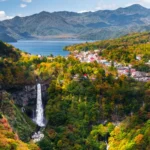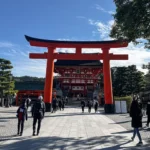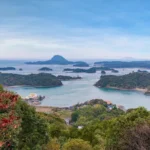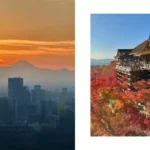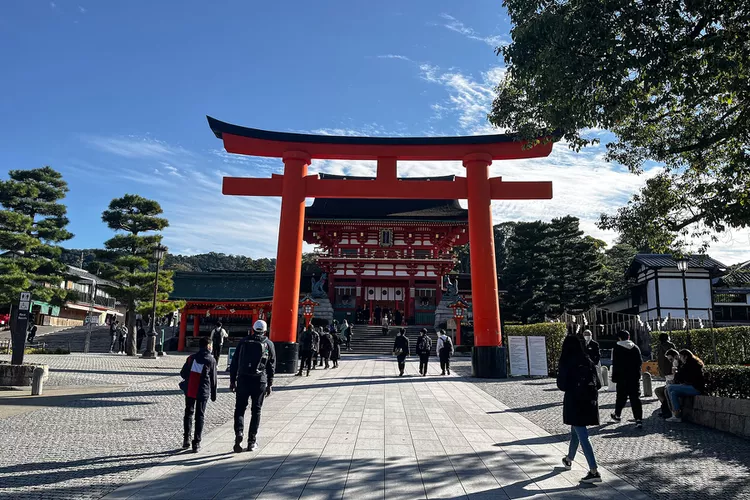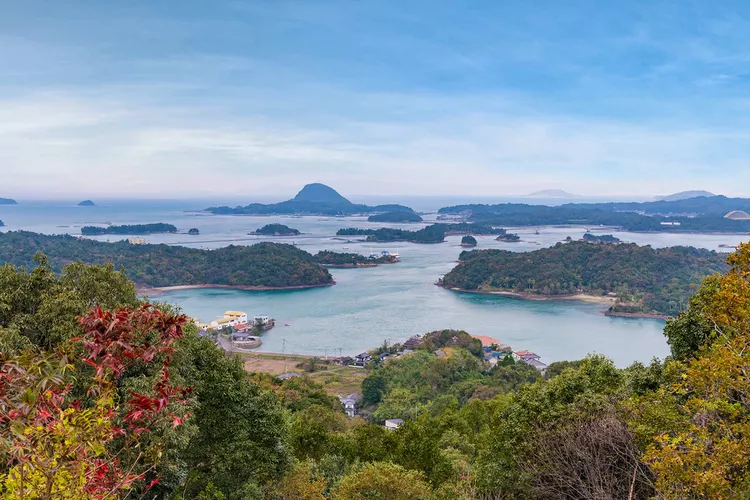Forest-wrapped shrines. Powerful waterfalls. Ancient temples. Natural hot springs. Centuries-old craftsmanship. Ruby-red strawberries. Mirror-smooth lakes. And the country’s oldest resort hotel.
There is one destination in Japan that ticks all the boxes, from historical landmarks and delicious cuisine to a serene natural landscape encompassing a scenic national park. And perhaps best of all? Not only is it a lesser-known — and therefore less busy — destination than many of the more conventional tourist spots in Japan, but it’s also an easy two-hour train trip from Tokyo.
Welcome to Nikko. This small, rural city in the Tochigi Prefecture may be diminutive in size, but its imprint on Japan runs deep — as reflected in the impressive scattering of UNESCO World Heritage sites plus an epic landscape of wild mountains, forests, and waterfalls.
:max_bytes(150000):strip_icc():format(webp)/toshogo-shrine-pagoda-NIKKOJPAN0422-c78d2638b8904c8e94dbb39375d11baa.jpg)
The Japanese even have an old saying that reflects the full extent to which the nation treasures the nature-steeped city and its millennia-old cultural heritage: “Never say kekko [satisfied] until you’ve seen Nikko.”
A good starting point is to step back in time — head from the train station directly to the atmospheric forested mountain slopes, which are home to a smattering of 100-plus religious buildings that make up the UNESCO World Heritage Site shrines and temples of Nikko.
Strewn among the centuries-old cedar trees is one key highlight: Toshogu Shrine, a dazzling complex of around a dozen structures. It’s both visually dramatic and rich in significance: It’s here, amid a fanfare of intricate craftsmanship, tiered pagodas, ancient cedar trees, gilded gates, and lashings of gold that Tokugawa Ieyasu, the famed samurai leader and 17th-century shogun, is enshrined.
:max_bytes(150000):strip_icc():format(webp)/toshogo-shrine-NIKKOJPAN0422-01ff93dc749a4a0bb436f109198a1d12.jpg)
Wander through the peaceful tree-filled grounds, keeping an eye out for the shrine’s ancient wood carving with a trio of wise monkeys. Located in front of the so-called Twilight Gate, it’s thought to be the source of the famed maxim, “Hear no evil, see no evil, speak no evil.”
Those fortunate enough to visit in May are in for a special treat, as the shrine hosts the famously atmospheric 1,000 Samurai Procession this time every year, a rituals-steeped warrior ceremony.
Rinnoji Temple, with its mountain backdrop, wooden halls, and tranquil Japanese gardens, is another highlight, courtesy of its founder, the legendary eighth-century Buddhist monk Shodo Shonin, who put Nikko firmly on the spiritual map after establishing its first temples.
:max_bytes(150000):strip_icc():format(webp)/nikko-national-park-lake-chuzenji-NIKKOJPAN0422-37a7149404a44cf89c14598d15e79dfa.jpg)
Underpinning Nikko’s cultural charms is one key protagonist: nature. The Nikko National Park, a sprawling expanse of mountains, is nirvana for outdoor lovers, with activities ranging from hiking to canyoning. For those who prefer a more leisurely place, simply soaking in the region’s countless onsen, natural hot springs, will do the trick.
Waterfalls are worth seeking out, too — in particular Kegon Falls, where water surges from a height of close to 100 meters, surrounded by dense, tumbling forests. Meanwhile, Lake Chuzenji — poetically known as the Sea of Happiness — lives up to its name, with bursts of springtime cherry blossoms, fiery autumn leaves, peaceful bird-watching, and rugged trekking.
:max_bytes(150000):strip_icc():format(webp)/lake-chuzenji-NIKKOJPAN0422-3611c74135974bacbd8587892c3cd552.jpg)
Nikko is also home to the oldest resort hotel in Japan: the Nikko Kanaya Hotel. First opened in 1873, the property retains its old-school charm, with Japanese and Western elements artfully fused throughout (picture wood-paneled ceilings and antique-style furniture alongside sliding screens and cotton yukata garments to wear).
:max_bytes(150000):strip_icc():format(webp)/nikko-kanaya-hotel-NIKKOJPAN0422-1ca1cac655cf471fa9d956ad8eb1311a.jpg)
:max_bytes(150000):strip_icc():format(webp)/nikko-kanaya-hotel-room-NIKKOJPAN0422-33ae72639f28402c9e2f09c3223ad72b.jpg)
But the icing on the Nikko cake is undoubtedly its food. A trip here is incomplete without trying some of the region’s famed cuisine, from delicious seasonal Tochigi vegetables to its legendary juicy strawberries. Plus, it’s ideal for vegetarian Buddhist cuisine, in particular the layered soy milk skin delicacy known as yuba.



